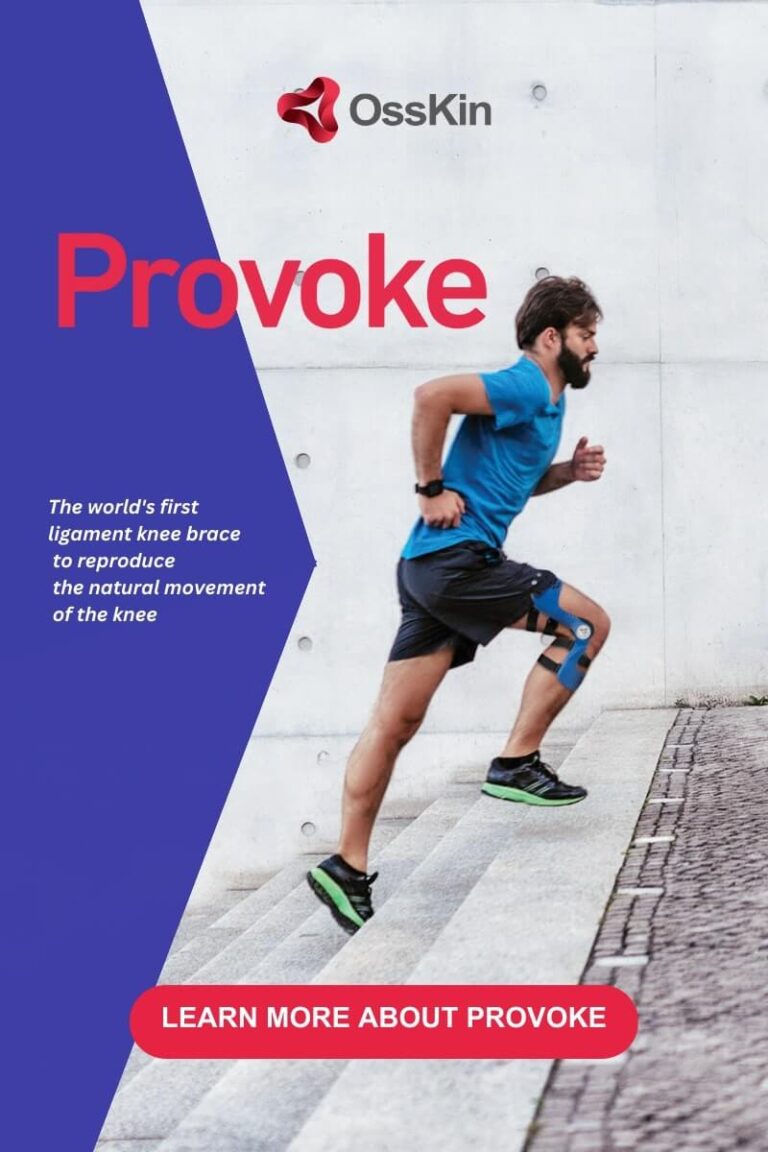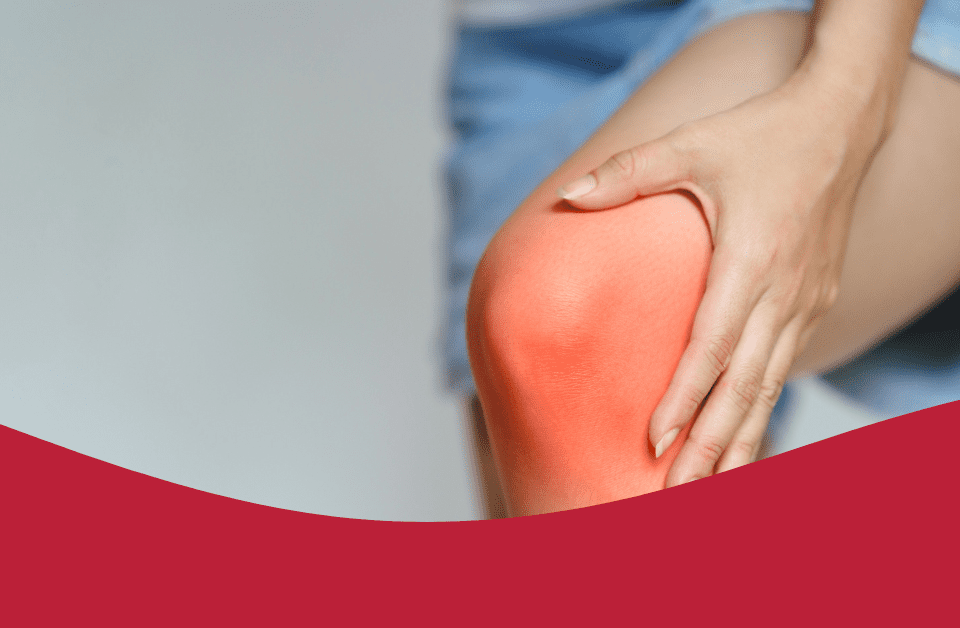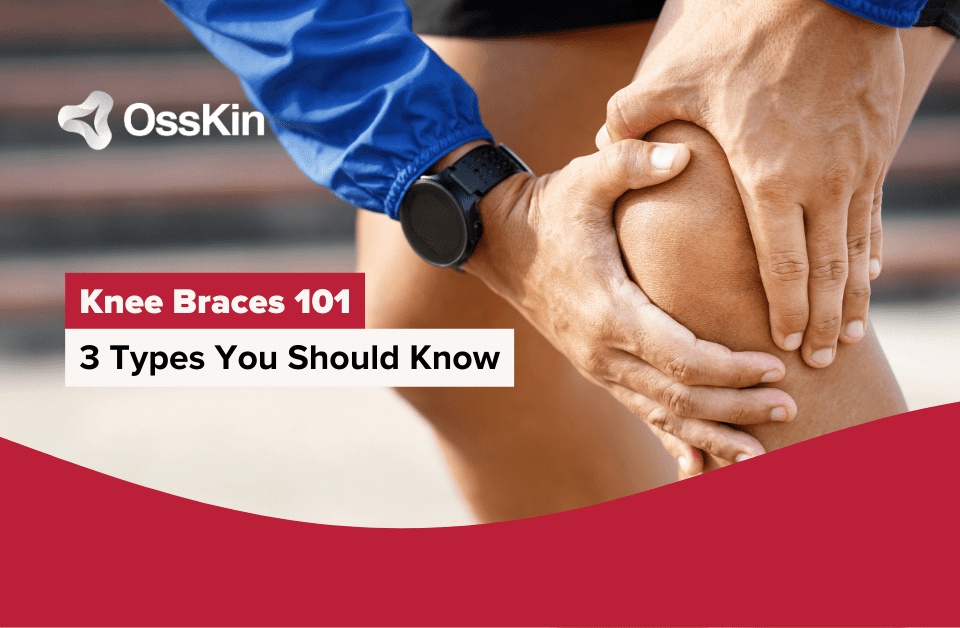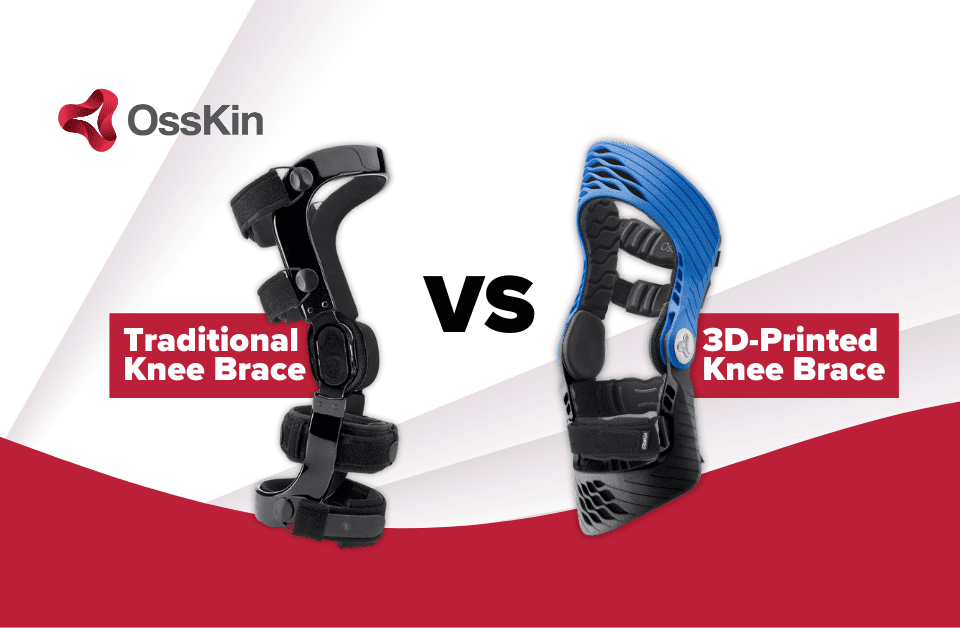
When it comes to selecting a knee brace, whether it is for a meniscus tear, osteoarthritis, or any other condition that requires load redistribution, OssKin’s Evoke knee brace has you covered. But how do you know? Take a look at some of the results of real clinical studies that stand strongly behind this claim.
Osteoarthritis of the knee joint involves narrowing of the joint spacing between the femoral condyle and the tibial condyle on either the medial or lateral side of the joint, with the medial being the more commonly affected. The Evoke knee orthosis addresses this critical aspect of osteoarthritis by improving the narrowed spacing.
In a quantitative evaluation during squat movement assessed by low-dose biplanar X-ray imaging techniques (EOS), the Evoke orthosis improved the bone-to-bone distance between the medial femur and tibia by .36 millimeters, and by .33 millimeters on the lateral side.
In individuals who have knee osteoarthritis, the medial and lateral condyles of the tibial plateau shift medially. This is due to wearing down of the menisci, which are load-reducing structures made of fibrocartilage in the knee.
The Evoke knee orthosis actually shifts the contact points of the femur on the tibia. In fact, it reduced the medialization of one contact point from 1.52 millimeters to .68 millimeters, which is more than a 50 percent reduction. This finding was recorded during a squat movement assessed by low-dose biplanar X-ray imaging techniques (EOS).
Traditional knee orthoses on the market are either flat plane single axis, flat plate polycentric, or four-bar linkage hinge joints. The first offers only one degree of freedom, while the last two offer two or three degrees of freedom. The limitation of all these designs is that rotation and frontal plane motion (abduction and adduction of the knee) cannot be mechanically duplicated.
Traditional non-symmetric hinge systems also lack the ability to follow the screw-home mechanism of the knee that involves simultaneous rotational and sagittal plane motion. This is because traditional designs do not stabilize the tibial crest during the flexion motion. However, the Evoke brace’s custom-fit contouring system conforms to the tibial crest to offer improved stability and the ability to follow the screw-home mechanism of the knee.
Clinical evidence supports that Evoke improves multiplanar joint motion as shown by preliminary results of an independent clinical study at the University of Montreal Hospital Research Center using EOS bi-planar radiographs. The Evoke knee orthosis improved knee extension by seven degrees in standing and increased external rotation by more than six degrees.
While the Evoke knee brace has excellent outcomes for improving joint motion and reducing narrowed spacing, it has also been shown to improve patient-reported outcomes. This is a key element of examining the impact of any clinical intervention.
The Western Ontario and McMaster Universities Osteoarthritis Index (WOMAC) is a health status questionnaire that assesses pain, stiffness, and physical function in patients with knee and/or hip osteoarthritis. When administering the WOMAC to patients wearing the Evoke brace between three and six weeks, there was a four-point decrease in stiffness, a six-point decrease in pain, and a ten-point decrease in physical limitation, which are all significant decreases.

Share on



OssKin © 2024